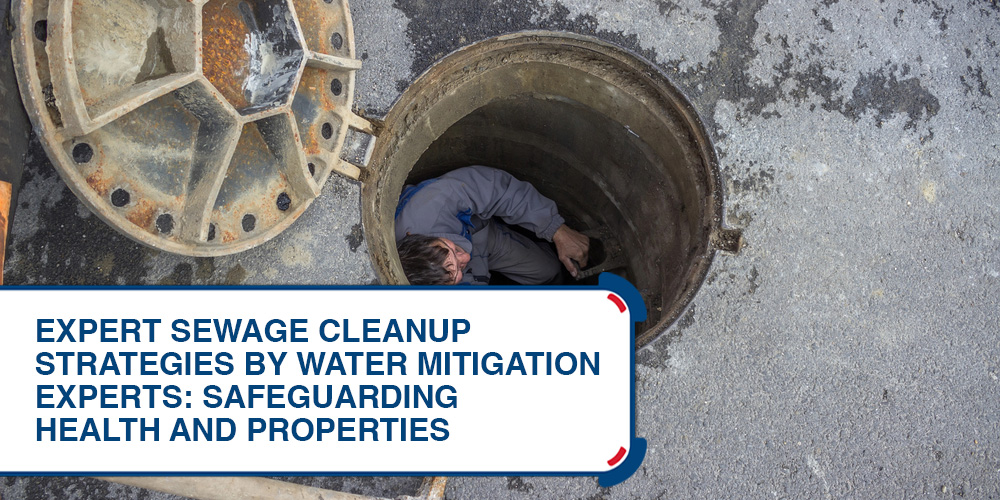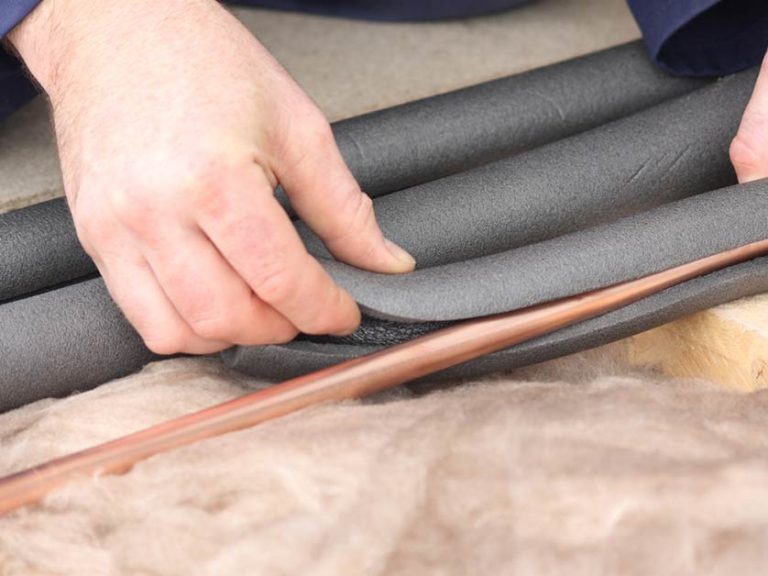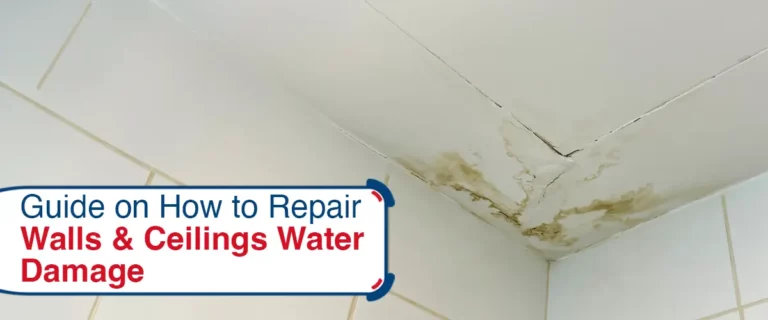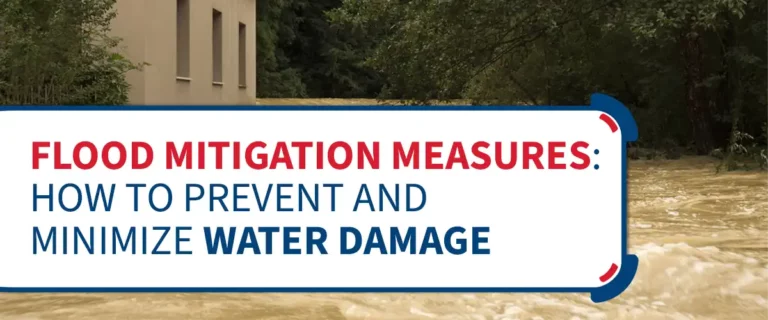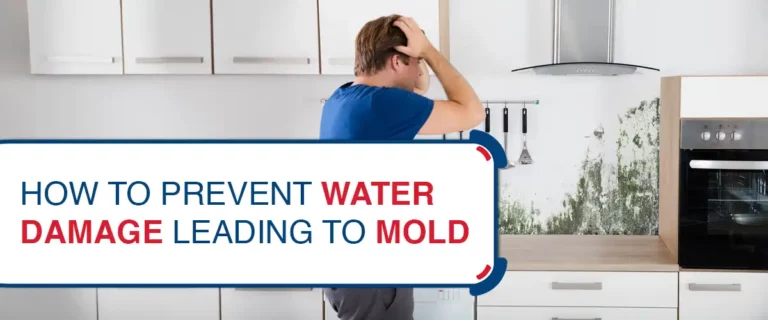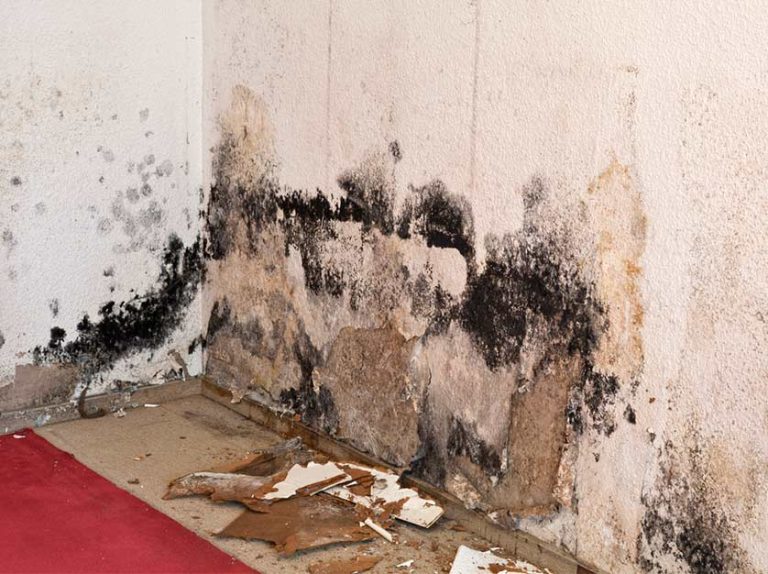Have you had your sewage spills or backup woes? They pose significant health risks and property damage threats.
Meanwhile, this article delves into the world of sewage cleanup, exploring the risks involved, the meticulous process of restoration, and the preventative measures necessary to safeguard against future mishaps.
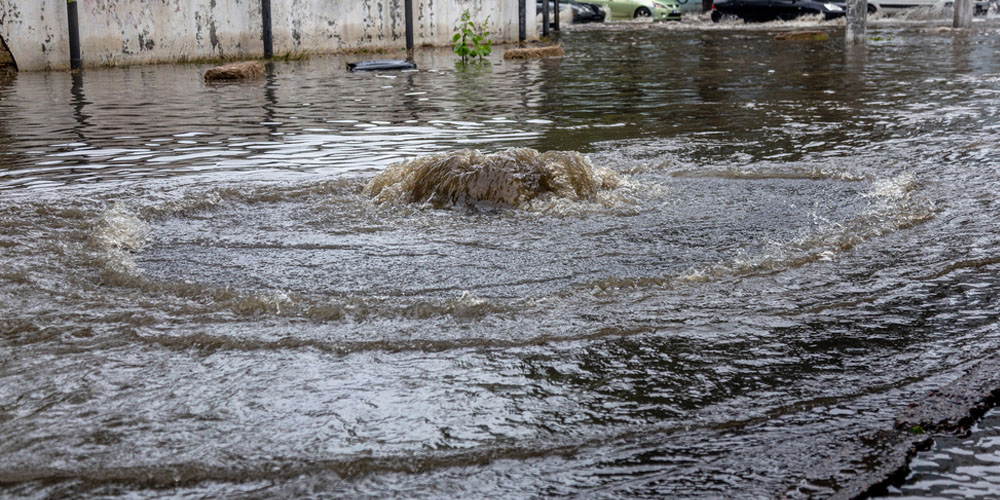
Understanding the Risks of Sewage Spills
Sewage spillage, whether from pipe bursts or sewer backups, presents many dangers. Beyond the foul odor and unsightly mess, it harbors harmful bacteria, viruses, and other pathogens that can jeopardize human health upon exposure. Furthermore, the structural integrity of properties is compromised, leading to potential long-term damage and financial repercussions. Given these risks, it’s evident that sewage cleanup demands professional intervention, ensuring thorough containment and elimination of contaminants to mitigate health hazards and property deterioration.
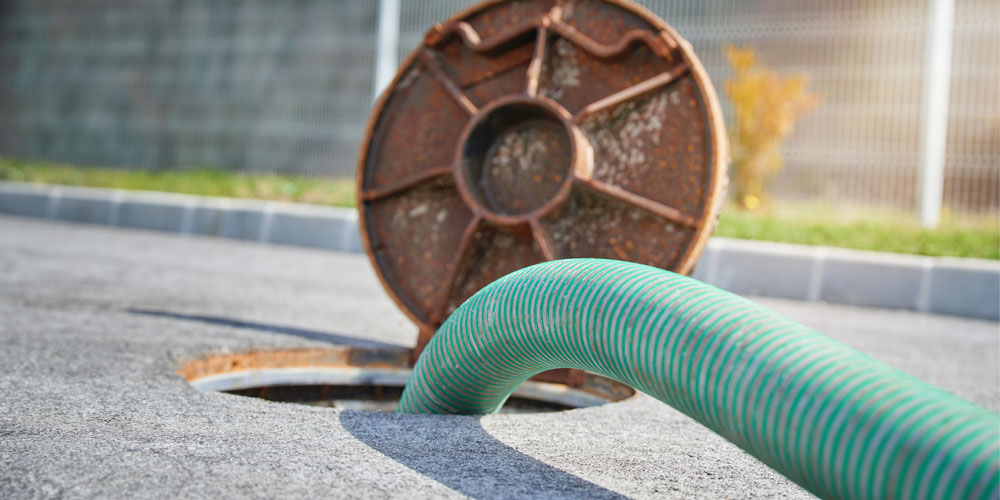
Initial Steps in Sewage Cleanup
Quick and effective response is crucial in managing sewage leaks to minimize damage and ensure safety. Here’s a streamlined approach:
- Rapid Assessment: Upon arrival, experts quickly evaluate the sewage spill, pinpointing its source, volume, and impacted areas to tailor a precise cleanup strategy.
- Effective Containment: To prevent sewage spread and further contamination, professionals use barriers and seal-offs, keeping the damage localized and protecting clean areas.
- Immediate Action: Recognizing the urgency, water mitigation teams act swiftly to reduce pathogen exposure and control damage, prioritizing quick mitigation.
- Safety First: Safety protocols are paramount, with experts donning protective gear and taking measures to reduce airborne hazards, ensuring everyone’s health is protected.
- Advanced Tools: Specialists use state-of-the-art equipment for sewage removal and sanitation, including powerful pumps, disinfectants, and moisture detection tools to ensure a comprehensive cleanup and drying process.
By promptly assessing the situation, water mitigation experts can manage sewage spills effectively and minimize the associated risks.
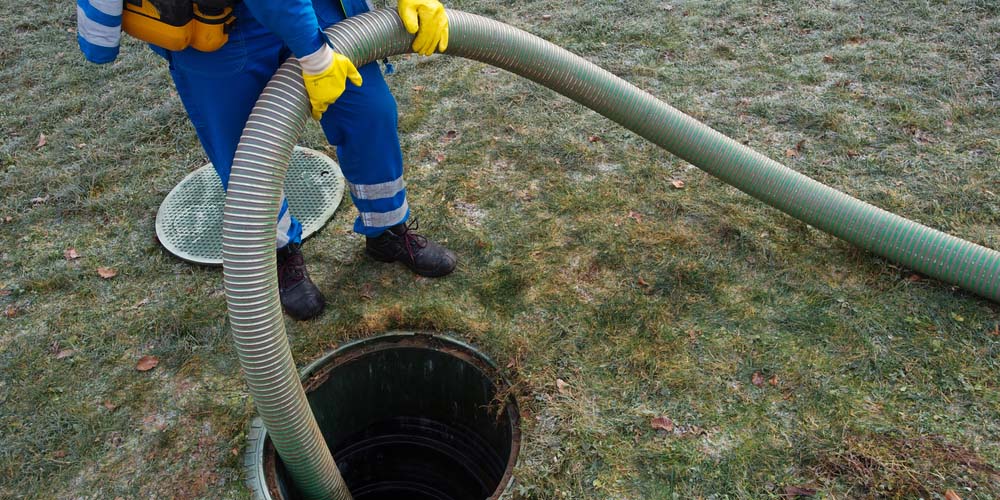
How Do Professionals Do the Cleanup Process?
The process is a structured approach to overcoming the challenges posed by sewage spills, ensuring a thorough and efficient recovery. It embodies the commitment to restoring affected environments through specialized techniques and professional expertise.
- Removal and Sanitation:
- Preventing Damage: Quick removal of sewage to limit pathogen exposure and prevent further damage.
- Sanitation Measures: Use of industrial-strength disinfectants for surface cleaning, eradicating contaminants and mitigating health risks.
- Drying and Dehumidification:
- Moisture Removal: Deployment of dehumidifiers and air movers to extract moisture, avoiding mold growth and secondary damage.
- Optimal Conditions: Strategic placement of air purifiers and dehumidifiers enhances airflow and humidity control, protecting the structure.
- Restoration and Repair:
- Repair Work: Post-cleanup repairs focus on restoring floors and walls to pre-damage conditions, ensuring structural integrity.
- Reconstruction: In severe cases, replacement of materials and structural elements revitalizes the property, offering homeowners peace of mind.
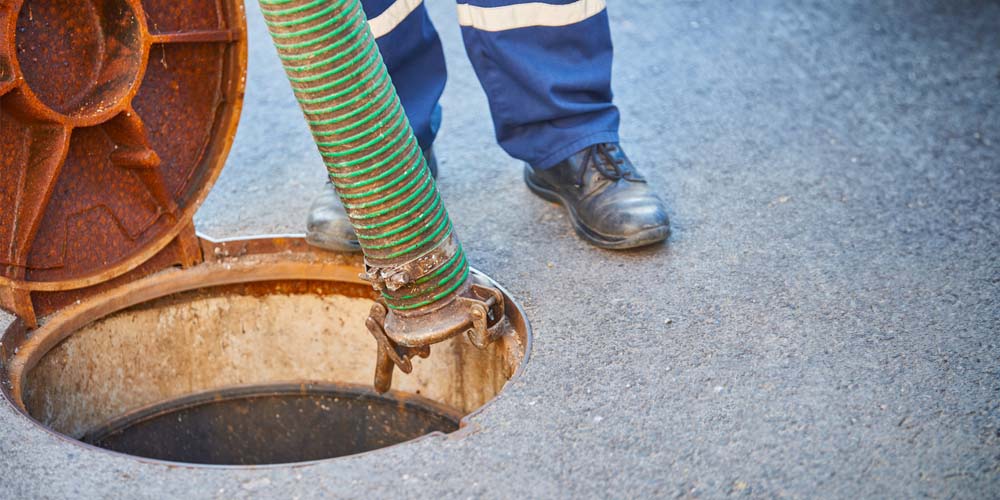
Prevention Strategies for Sewage Issues
While professional intervention is paramount in sewage cleanup, prevention remains the ultimate goal. Homeowners can take these measures to reduce the risk of sewage spills or backups like:
- Regular Maintenance: Stick to a schedule for plumbing system checks to catch and fix any issues early, avoiding potential leaks or bursts that could lead to spills.
- Proper Disposal Practices: Ensure that household waste and non-biodegradable items are disposed of correctly to prevent blockages in sewer lines. Avoid flushing items like wipes, sanitary products, and grease down toilets or drains.
- Install Backwater Valves: Consider installing backwater valves in sewer lines. This will help to avoid having sewage back up into your house during extreme rainfall or flooding, reducing the risk of spills and water damage.
- Maintain Landscaping: Be cautious with landscaping and gardening near sewer lines to prevent root intrusion and pipe damage, which can lead to leaks and spills.
- Educate Household Members: Teach family members or tenants about proper sewage disposal to prevent blockages and backups, encouraging them to report any plumbing issues promptly to prevent emergencies.
Importance of Early Detection and Prompt Resolution:
- Early detection of sewage issues is crucial to prevent minor problems from becoming major emergencies. Regularly inspect plumbing fixtures, drains, and sewer lines for signs of leaks, corrosion, or blockages.
- Addressing minor issues promptly can prevent costly repairs and extensive damage. If you notice signs like sewage odors or slow drainage, contact a professional to assess and resolve the problem quickly.
- Ignoring minor sewage issues can lead to more significant problems over time, including spills, property damage, and health hazards. Proactive and timely action helps minimize the risk of emergencies and ensures the safety of your property.
By adopting these preventative strategies, homeowners can minimize the likelihood of encountering sewage-related disasters in the future.
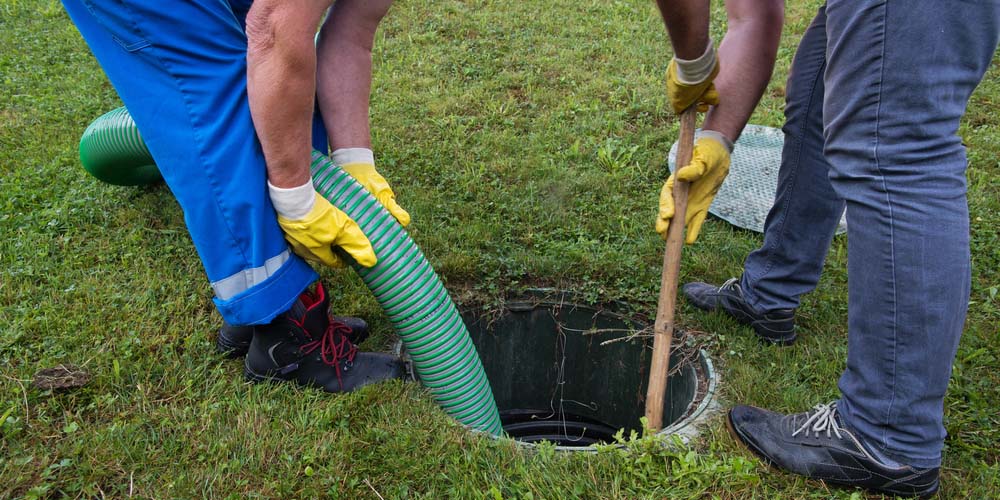
The Importance of Professional Expertise
In the realm of sewage cleanup, professional expertise reigns supreme. Water mitigation experts bring a wealth of knowledge and experience to the table, ensuring that cleanup efforts are conducted safely, effectively, and with precision. Attempting DIY solutions in such scenarios can exacerbate the situation, leading to further damage and increased risks. By entrusting the task to qualified professionals, homeowners can rest assured that their health and property are in capable hands.
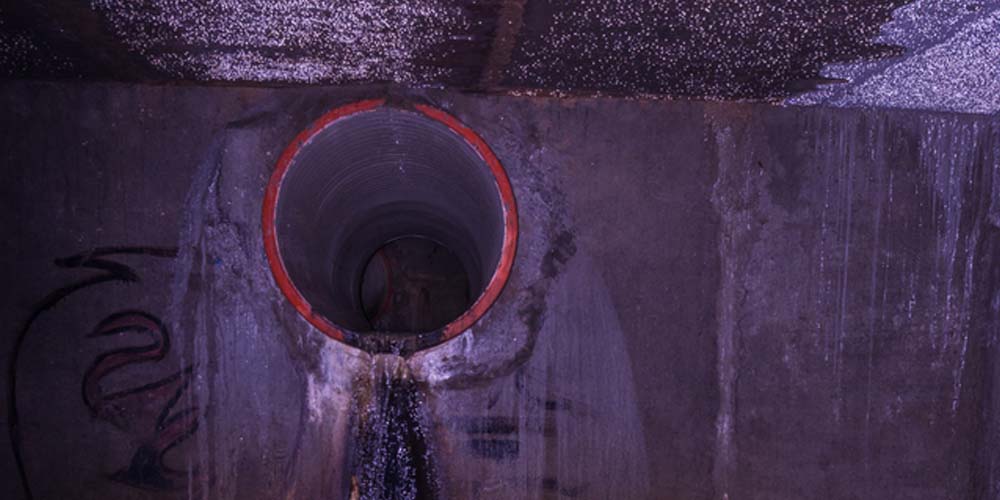
Expert care, protecting health, preserving properties.
Sewage spills or backups are undoubtedly daunting experiences, fraught with health risks and property damage potential. However, water mitigation experts can navigate these challenges with confidence and efficacy. Through swift response, meticulous cleanup, and preventative measures. Together, we can safeguard the health and integrity of properties against the perils of sewage contamination. In times of crisis, Kansas sewage cleanup services stand as beacons of hope, offering reassurance and restoration to homeowners in need.
Resources:
- Silva JA. Wastewater Treatment and Reuse for Sustainable Water Resources Management: A Systematic Literature Review. Sustainability. 2023; 15(14):10940. https://doi.org/10.3390/su151410940.
- Tulane University (2021). What Is Disaster Management? Understanding Emergencies From Prevention to Mitigation. Retrieved from https://publichealth.tulane.edu/blog/what-is-disaster-management/.
- North Dakota State University. Cleaning Sewage Backup. Retrieved from https://www.ndsu.edu/agriculture/ag-hub/cleaning-sewage-backup.


